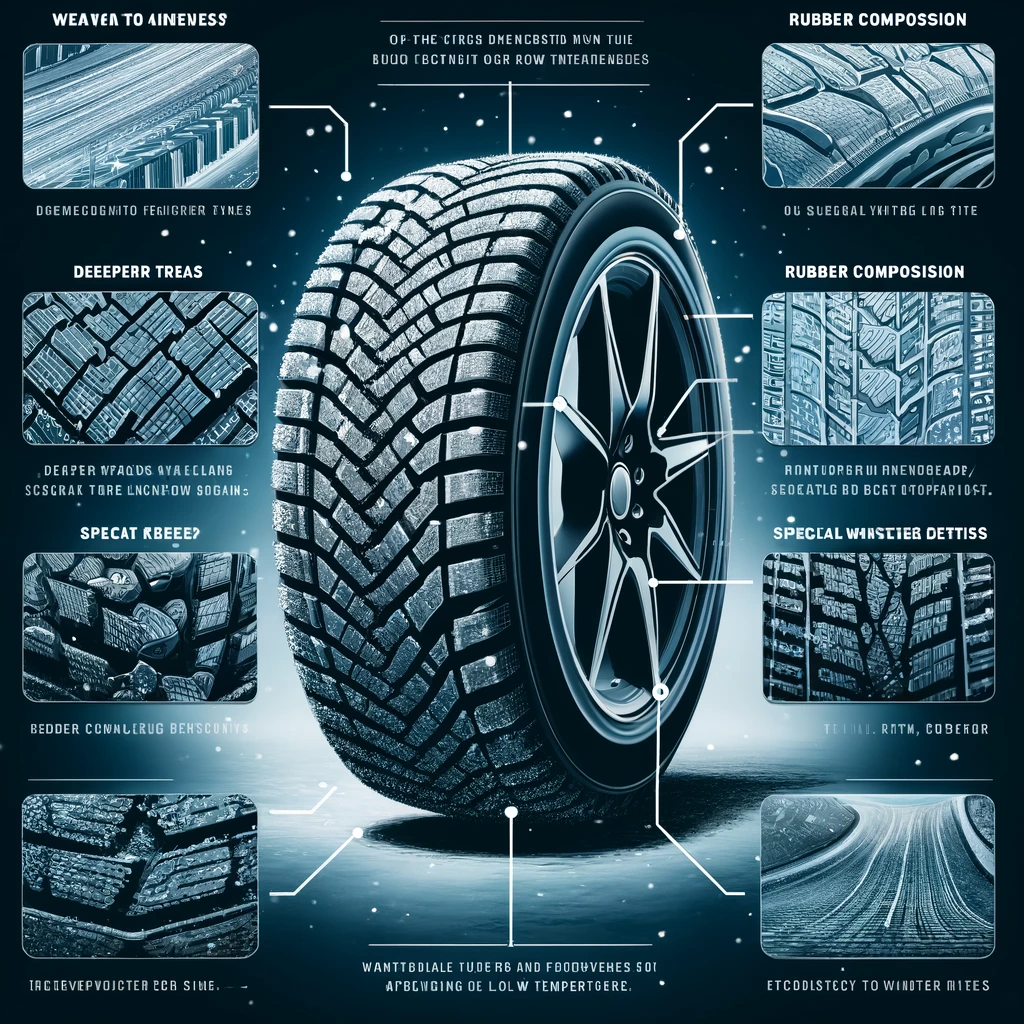Problems With Electric Cars In Cold Weather 2024

As electric vehicles (EVs) continue to carve out a significant slice of the auto market, with projections indicating a 20% market share in Europe by 2024, interest in their performance under various conditions is surging. Winter, with its unique challenges, raises particular concerns for potential EV owners. Here’s a closer look at how cold weather impacts electric vehicles and tips for optimizing your EV’s performance during the colder months.
Impact of Cold Weather on Electric Vehicles

Cold weather doesn’t just affect humans; it also impacts the efficiency of all vehicles, including electric ones. For internal combustion engine (ICE) cars, issues like a flat battery or a faulty alternator can complicate winter starts. For EVs, the challenges revolve around battery range and capacity.
Battery Range and Capacity
The battery’s capacity—its energy storage potential and discharge rate—diminishes in cold weather. This means not only can the battery hold less energy, leading to reduced range, but recharging times can increase as well. Even the charging stations themselves may operate more slowly in extreme cold, further lengthening charging periods.
Temperature Effects on Battery Performance

The chemical reactions within an electric car’s battery slow down in colder temperatures, affecting the battery’s performance. However, the degree of impact can vary among different EV models. Some vehicles are better insulated or have more efficient battery management systems to mitigate the cold’s effects.
Range Reduction in Winter
The extent of range reduction in EVs during winter varies. Tests by the Norwegian Automobile Federation (NAF) reveal that EVs can experience a range loss of between 10% to 30% under winter conditions. The Maxus Euniq 6, for instance, only saw a 10.5% reduction in its WLTP range, whereas the Tesla Model S ran 16.4% short of its WLTP range in cold weather.
Maximizing EV Performance in Cold Weather

To ensure your EV runs as efficiently as possible during winter, consider the following tips:
- Precondition the Battery: If possible, precondition your vehicle’s battery while it’s still plugged in. Warming up the battery in advance can improve range and performance.
- Limit Energy Use: Use seat heaters instead of the cabin heater when you can, as they consume less energy.
- Drive Smoothly: Gentle acceleration and deceleration can help conserve battery power.
- Optimize Tire Pressure: Cold weather can reduce tire pressure, which in turn can lower your EV’s efficiency. Regularly check and adjust your tire pressure according to the manufacturer’s recommendations.
- Plan Your Route: In winter, more frequent charging stops may be necessary. Plan your route accordingly and consider the location of charging stations.
Minimizing Cold Weather Impact on Electric Vehicles
Driving an electric vehicle (EV) in cold weather can pose certain challenges, particularly regarding battery efficiency and vehicle handling. However, there are several strategies you can employ to minimize these effects and maintain optimal performance throughout the winter months.
Protecting Your EV’s Battery in Cold Weather

- Shelter Your Vehicle: Parking your car in a garage or covered area helps protect the battery from extreme cold temperatures, aiding in its ability to hold a charge more effectively.
- Precondition Your EV: Utilize the scheduling feature on your EV to precondition its battery while it’s still charging. This involves heating the car’s cabin while it’s still plugged in, reducing battery drain once you start driving since the cabin is already warm.
- Smart Heating: Instead of heating the entire cabin, which quickly depletes the battery, use heated sea best online pharmacy with fast delivery buy tizanidine online with the lowest prices today in the USAts and steering wheels. These features consume less energy and can keep you warm without significantly impacting your range.
- Opt for a Heat Pump: If available, choose an EV with a heat pump. This device is more efficient than traditional electric heating systems because it helps maintain optimal battery temperature, enhancing overall efficiency and range.
Tire Maintenance for Better Efficiency
Properly inflated tires are crucial for maximizing your EV’s efficiency. Underinflated tires create more rolling resistance, which forces the battery to work harder. Regularly check your tire pressure, especially in winter, as cold temperatures can cause the pressure to drop.
Driving an EV in Snow and Ice

Electric vehicles tend to perform well in winter conditions due to their design and drive characteristics:
- Drive Configuration: Many EVs are equipped with front-wheel or all-wheel drive, both of which offer enhanced traction for snowy conditions.
- Low Center of Gravity: The battery placement in EVs typically lowers the vehicle’s best online pharmacy with fast delivery buy antabuse online with the lowest prices today in the USAcenter of gravity, improving stability and traction on slippery roads.
- Weight Considerations: While EVs are heavier than their combustion engine counterparts, which helps with traction, this can also make them harder to control in a skid. It’s important to drive cautiously and adjust your speed accordingly in icy conditions.
- Utilize Eco Mode: Activating the eco mode can reduce power output and limit torque, which helps prevent sudden power spikes that could lead to loss of control. This mode also conserves battery life by optimizing energy usage.
- Winter Tires: Investing in winter or all-season tires is highly recommended for driving an EV in cold climates. These tires are specifically designed to provide better grip and stability on snow and ice compared to standard tires.










